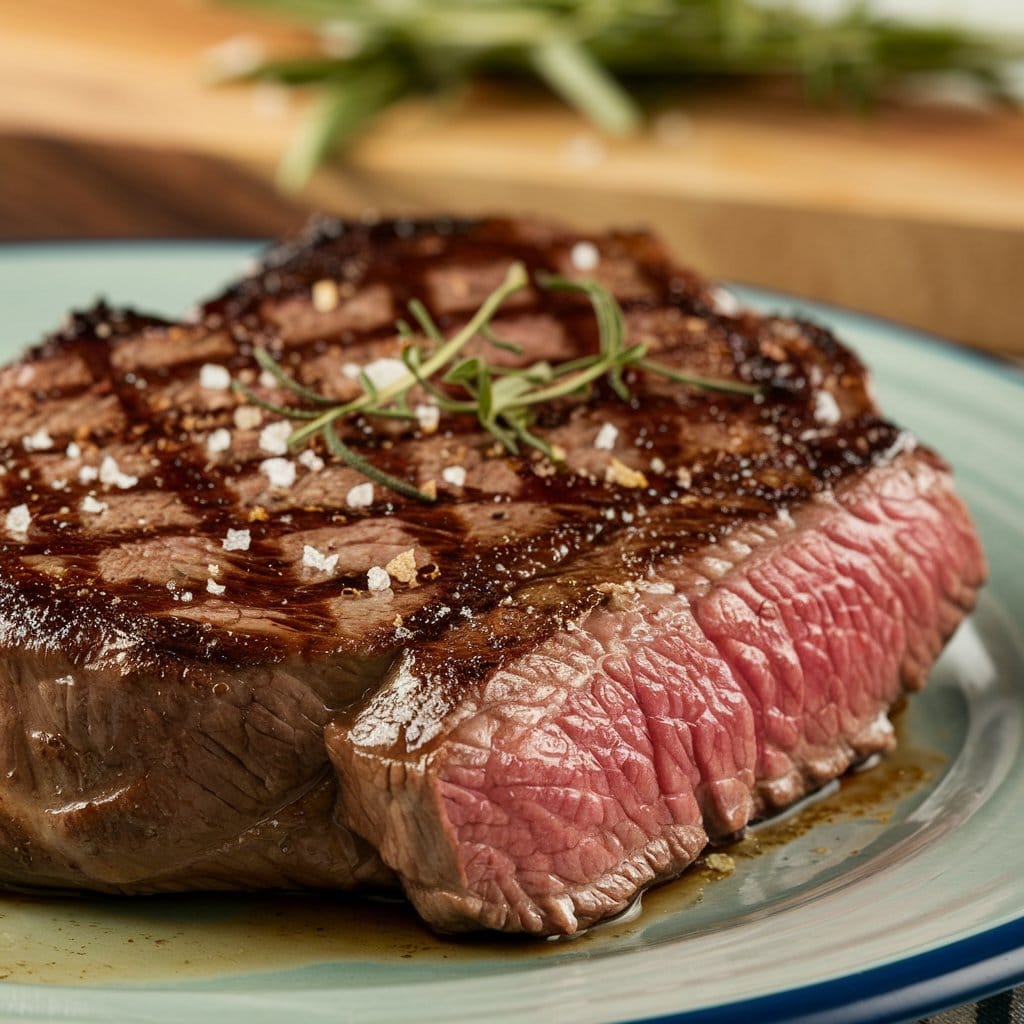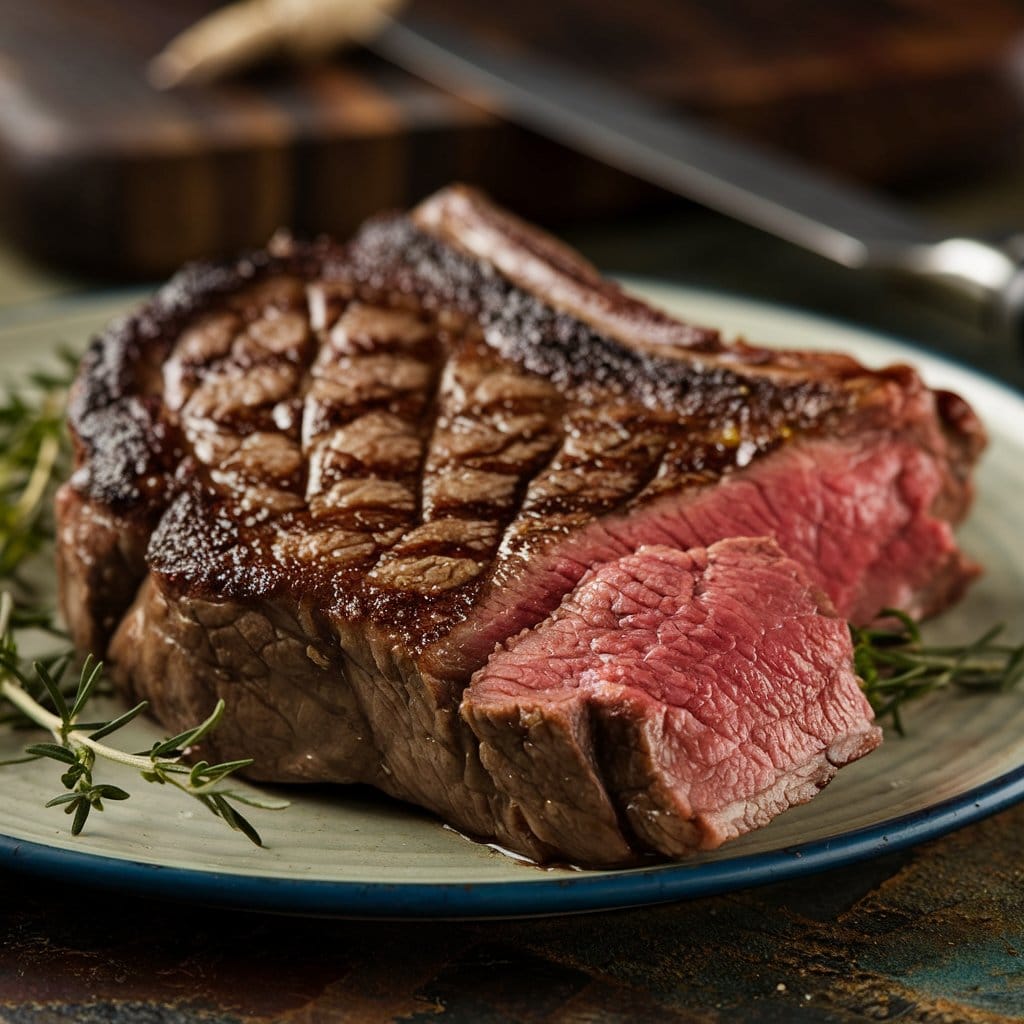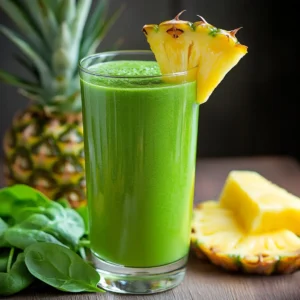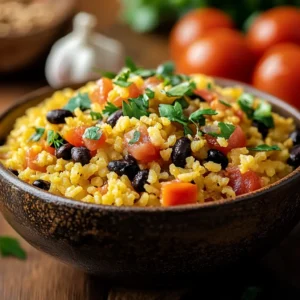Denver steak is a relatively unknown gem in the world of beef cuts. It’s gaining popularity among steak enthusiasts for its tenderness, juiciness, and rich flavor. Many people are curious about this cut, asking the question: Is Denver steak tender or chewy? The short answer is no, it is not. When cooked correctly, it’s one of the most tender cuts available.
In this post, we will dive deep into the characteristics of Denver steak. You’ll learn about its origins, how to cook it for the best results, and why it stands out among other beef cuts. By the end, you’ll know exactly whether Denver steak is tender or chewy, and how you can prepare it for maximum flavor.
What is Denver Steak?
Denver steak comes from the shoulder area of the cow, specifically the chuck underblade section. Unlike other shoulder cuts that tend to be tough and chewy, Denver steak is exceptionally tender due to its marbling and muscle structure. The muscle it comes from doesn’t get as much exercise as other parts of the chuck, making it softer and more flavorful.
Denver steak has a perfect balance between tenderness and flavor, making it an ideal choice for those looking for a high-quality, delicious steak without breaking the bank.
Why People Think Denver Steak Might Be Chewy
The misconception that Denver steak might be chewy likely comes from its origin in the shoulder area of the cow. Many cuts from this region, like chuck roasts or shoulder steaks, are indeed tough. However, Denver steak is different because of where it’s located within the chuck. This difference makes a huge impact on the tenderness of the meat.
When properly cooked, the high level of marbling ensures that Denver steak remains tender and juicy, and never chewy. This is why many are pleasantly surprised when they taste it for the first time.
How to Cook Denver Steak for Maximum Tenderness
One of the key aspects of ensuring that your Denver steak isn’t chewy lies in how you cook it. Here are a few tips:
- Cooking Method:
Denver steak is best cooked using quick, high-heat methods like grilling, pan-searing, or broiling. Avoid slow-cooking methods, which can make it tough. - Temperature:
For the best texture, cook your Denver steak to medium-rare or medium. Overcooking can make any steak tough. Aim for an internal temperature of 130°F for medium-rare and 140°F for medium. - Resting the Steak:
After cooking, always let your Denver steak rest for about five minutes. This allows the juices to redistribute, keeping the meat moist and tender. - Slicing Against the Grain:
To maintain tenderness, slice the steak against the grain. This shortens the muscle fibers, making the meat easier to chew.
Flavor Profile of Denver Steak
Denver steak is known for its robust, beefy flavor, enhanced by its marbling. The intramuscular fat melts during cooking, infusing the meat with a rich taste. It’s a cut that delivers a balance of texture and flavor, perfect for steak lovers who enjoy a deep, meaty bite without sacrificing tenderness.
If you’ve ever wondered whether Denver steak is tender or chewy, it’s important to note that the steak’s marbling ensures it remains tender when cooked correctly.
Comparing Denver Steak to Other Beef Cuts
How does Denver steak stack up against other popular cuts like ribeye, sirloin, or filet mignon? Let’s take a closer look.
- Ribeye vs. Denver Steak:
Ribeye is famous for its tenderness and marbling, much like Denver steak. However, ribeye has more fat, which gives it a more buttery texture. Denver steak, while leaner, still offers an impressive amount of marbling. - Sirloin vs. Denver Steak:
Sirloin is a more affordable cut but can sometimes be tougher than Denver steak. Sirloin lacks the marbling found in Denver steak, making the latter more tender and flavorful when cooked correctly. - Filet Mignon vs. Denver Steak:
Filet mignon is the most tender cut of beef, but it’s also pricier. Denver steak offers a similar level of tenderness, with more robust flavor and at a lower price point. If you’re looking for value without compromising on quality, Denver steak is a great alternative.
How to Serve Denver Steak
Denver steak is versatile and can be served in a variety of ways:
- Grilled:
A simple seasoning of salt, pepper, and garlic goes a long way when grilling Denver steak. The grill gives the steak a smoky char that enhances its flavor. Serve it with roasted vegetables or a fresh salad for a balanced meal. - Sliced in Fajitas:
Denver steak’s tenderness makes it perfect for slicing into strips and using in fajitas. Pair it with sautéed peppers, onions, and tortillas for a delicious Mexican-inspired dish. - Steak Salad:
For a lighter option, serve Denver steak over a bed of mixed greens with your favorite vinaigrette. The steak’s rich flavor complements fresh vegetables and tangy dressings. - Steak Sandwich:
Thinly slice Denver steak and layer it onto a crusty baguette with caramelized onions, arugula, and a dollop of horseradish sauce for a gourmet steak sandwich.
Nutrition Facts of Denver Steak
Denver steak is not only flavorful but also nutritious. It’s packed with high-quality protein, essential for muscle growth and repair. A 3-ounce serving of Denver steak contains approximately:
- Calories: 200-250
- Protein: 25 grams
- Fat: 15 grams (with 6 grams of saturated fat)
- Iron: 10% of the daily recommended intake
It’s also a good source of zinc, selenium, and B vitamins, which are important for immune function, metabolism, and energy production.
Where to Buy Denver Steak
Although Denver steak is becoming more popular, it can still be somewhat difficult to find. Here are some tips for sourcing it:
- Butcher Shops:
Your local butcher is the best place to start. They can often special order Denver steak if it’s not readily available. - Online Meat Retailers:
Many online meat delivery services now offer Denver steak as part of their selections. This is a great option if you want high-quality cuts delivered directly to your door. - Grocery Stores:
Some upscale grocery stores and supermarkets may carry Denver steak, particularly if they have a dedicated meat counter.
How Denver Steak Fits Into the Modern Diet
With its balance of flavor, tenderness, and nutrition, Denver steak is an excellent choice for a variety of diets:
- High-Protein Diets:
Denver steak is a fantastic source of protein, making it a great option for those following high-protein diets for muscle building or weight loss. - Low-Carb and Keto Diets:
Denver steak is naturally low in carbohydrates, fitting perfectly into low-carb or ketogenic meal plans. - Balanced Diets:
When paired with vegetables and whole grains, Denver steak can be part of a healthy, balanced meal that provides essential nutrients without excessive calories or fat.
The Future of Denver Steak
As more people discover the unique qualities of Denver steak, it’s poised to become a staple in steakhouses and home kitchens alike. Its balance of flavor, tenderness, and affordability makes it a winning choice for both chefs and home cooks.
By following the right cooking techniques, you can ensure that your Denver steak is always tender, juicy, and full of flavor. So, next time you’re in the mood for steak, give Denver steak a try – it might just become your new favorite cut.
Denver steak is far from chewy. When cooked correctly, it offers a tender, flavorful, and affordable option for steak lovers. Its marbling ensures that it remains juicy, while its rich beefy taste makes it stand out from other cuts. Whether you’re grilling, pan-searing, or broiling, Denver steak is versatile enough to fit into any meal plan. So, is Denver steak tender or chewy? Definitely not. It’s a steak that delivers on both texture and taste.




